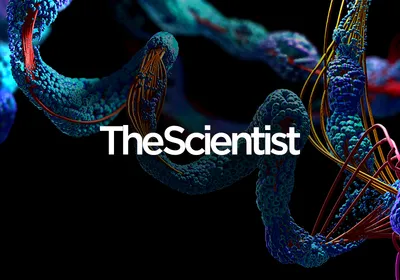 KELLY LANCEAlien carp are invading rivers in the United States, wreaking havoc as they out-breed and out-feed native species. These voracious plankton-eaters devour as much as 20 percent of their bodyweight a day, and top the scales at 40 kg. The fish may already represent as much as 97 percent of the total biomass in the Illinois and Mississippi rivers, and it may be only a matter of time before they reach the Great Lakes.
KELLY LANCEAlien carp are invading rivers in the United States, wreaking havoc as they out-breed and out-feed native species. These voracious plankton-eaters devour as much as 20 percent of their bodyweight a day, and top the scales at 40 kg. The fish may already represent as much as 97 percent of the total biomass in the Illinois and Mississippi rivers, and it may be only a matter of time before they reach the Great Lakes.
“The worry is that they’ll not only destroy the food web, but they’ll also outcompete all the other native species,” says Andy Mahon, a molecular ecologist at Central Michigan University who has studied Asian carp for more than six years.
The Great Lakes hold 21 percent of the world’s surface fresh water and are home to highly productive fisheries and popular recreational areas. If Asian carp take hold in this economically important region, they could “disrupt a $7 billion dollar fishing industry,” warns Mahon.
Carp belong to the Cyprinidae family, which includes silver carp (Hypophthalmichthys molitrix), bighead carp (H. nobilis), grass carp (Ctenopharyngodon idella), and even the humble goldfish (Carassius auratus). Bighead and silver carp, originally from East Asia, were introduced to the United States ...



















